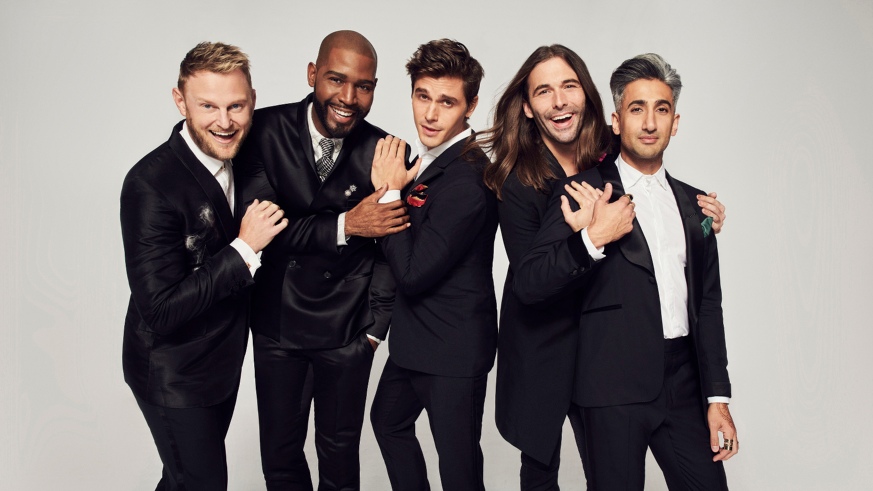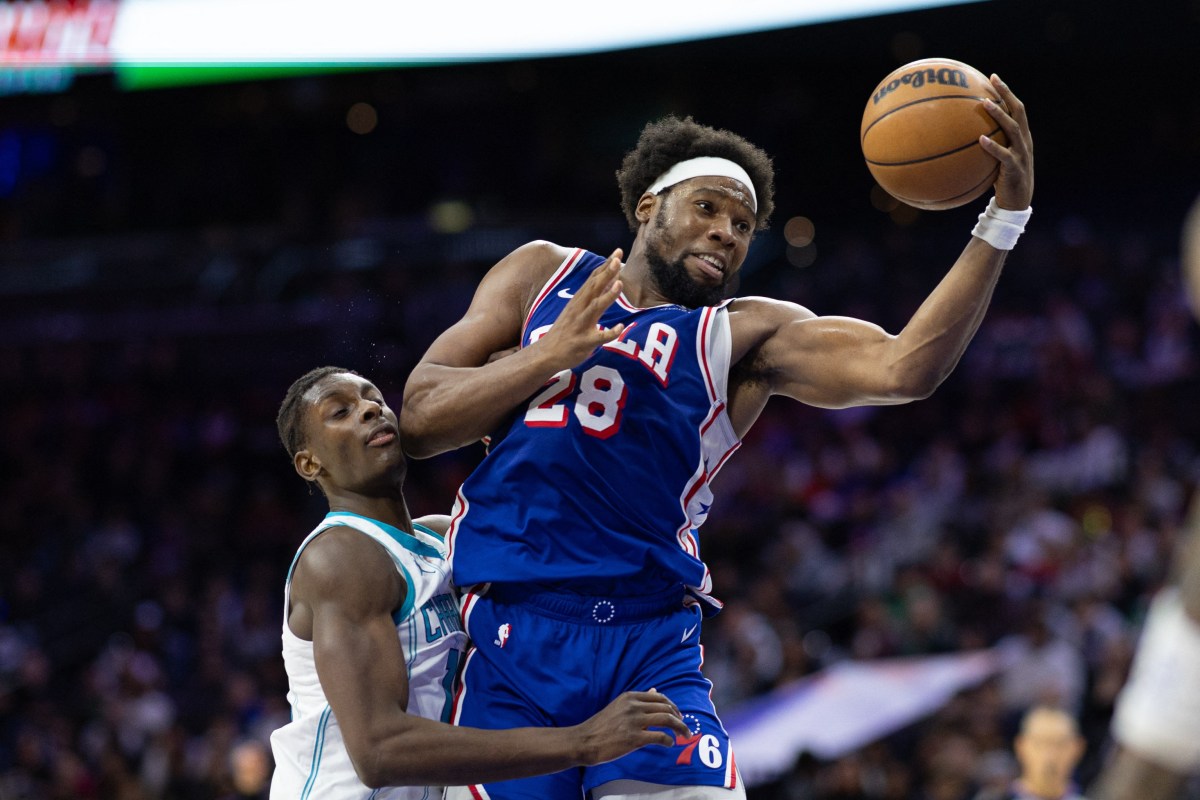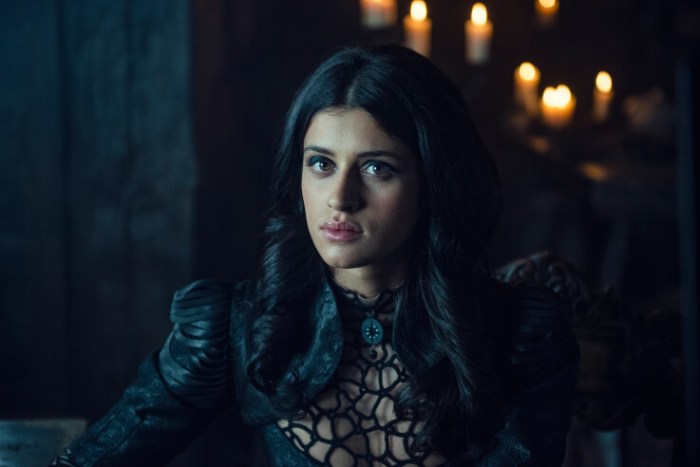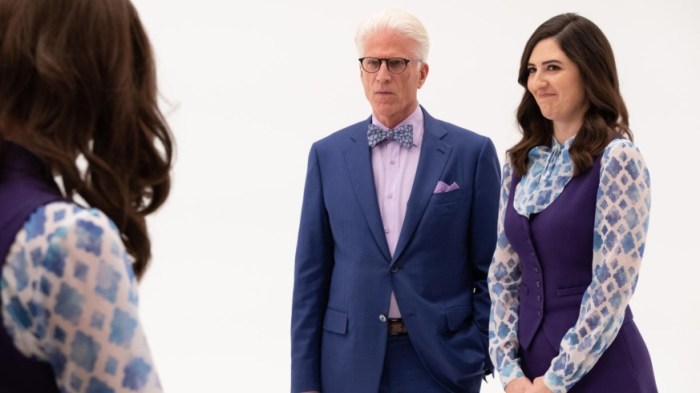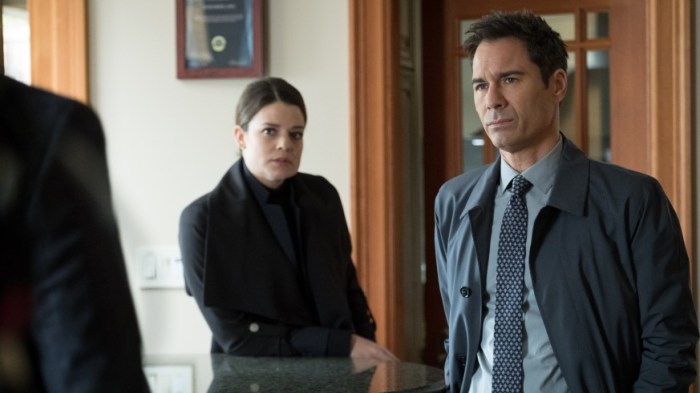Let’s face it, Netflix’s Queer Eye reboot could’ve gone either way. For years, viewer appetites leaned towards reality shows that rewarded nastiness and narcissism, where contestants elbowed each other out of frame in pursuit of their five minutes of fame. And yet, shot in the Deep South in a post-Obama world, the show’s overriding tone of kindness and acceptance struck a cord with audiences, which is why fans can’t wait to see Queer Eye season 2.
The people being made over were relatable, and there was a sense the new hosts weren’t just slapping a coat of paint on the walls and dressing a pig in a wig for the cameras. They seemed to care about the people who’s lives they were meddling with. The new Fab Five-Jonathan, Karamo, Antoni, Tan and Bobby-suddenly made kindness cool again, but most of all, it was fun. Viewers watched an episode and felt good about the world.
The much-anticipated Queer Eye season 2, which hits Netflix on June 15, has evolved the brand again, with the show’s first trans and female makeovers. Shot back to back with season one, season two retains the same energy and optimism that made the first so charming.
Part of what has made Queer Eye work is how much of their own story the hosts have been willing to share. While the standout moment of season one was undoubtedly Karamo’s discussion with a white policeman about his teenage son being afraid of getting his license, this season it’s Bobby’s story of being shunned by his church and family for being gay.
Why America needs Queer Eye season 2

In a candid discussion with church elder Tammye, the show’s first female makeover (who also initially struggled with her son coming out), Bobby recalls “begging god not to be gay.” During filming, he quietly refuses to enter the church where Tammye is an usher, standing a little broken by the door. The episode is deeply enriched for his honest, raw vulnerability.
However, episode five is the most groundbreaking of the season. It opens with gut-wrenching footage of a trans-man having top-surgery-the removal of his breasts-and the audience watch alongside the Queer Eye team as Skyler, groggy from surgery, sees himself for the first time.
Skyler’s story shows just how diverse the LGBTQ experience is, offering insight into the emotional toll, physical complications and huge financial burden of being a trans person with a level of sincerity that a show like I Am Cait could never manage. To their credit, the Fab Five own up to their own lack of awareness, carefully articulating the question most audiences would ask: why would someone put themselves through this?
It’s moving, educational and empathetic–if you only watch one episode, this is it.
Of course, most episodes are light, and for viewers, there are some genuine, fist-pumping moments as lovers connect, fathers shine, and people embrace change. It’s clear that most people who appear on the show seem better for the experience, and what’s most remarkable is that viewers are better for taking the journey with them.
It’s a fine balance, but Queer Eye season 2 manages to explore important issues of gender, identity, race religion and sexuality in modern America, both educating and entertaining audiences without alienating them. Queer Eye is the TV show America needs, and like season one, there’s no doubt viewers will tune in.

